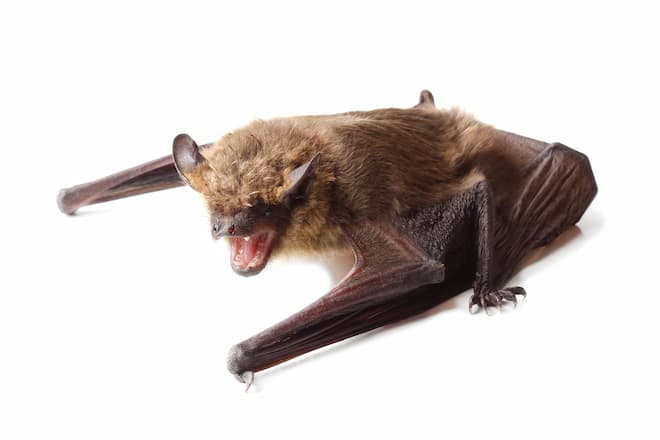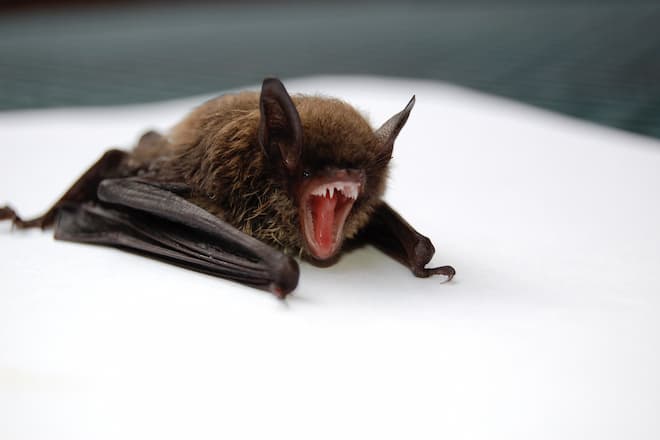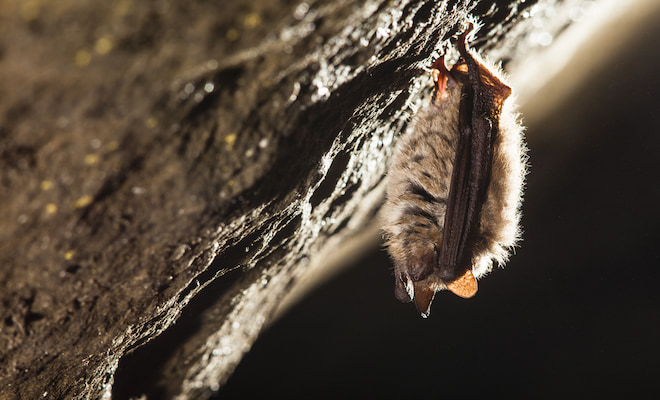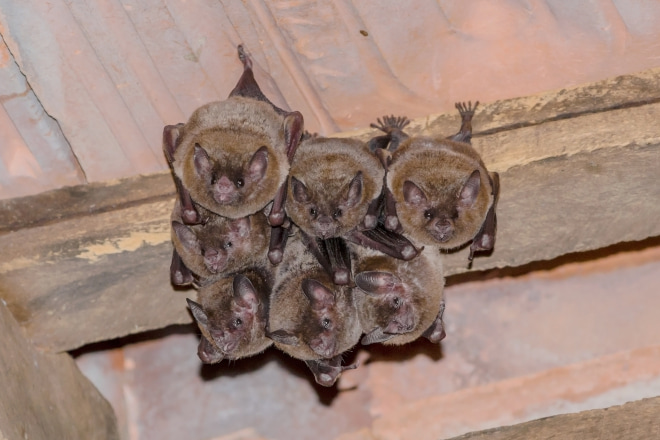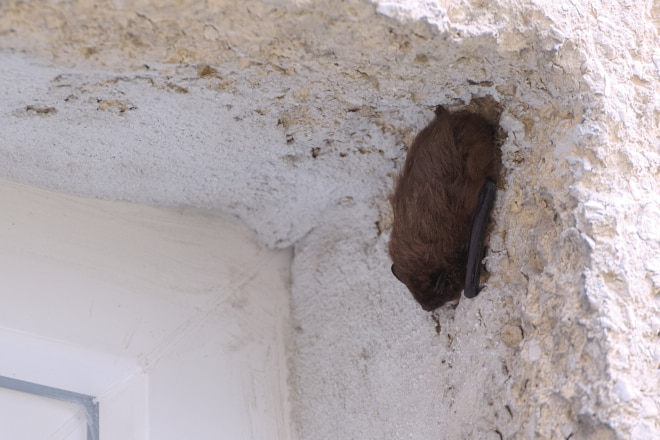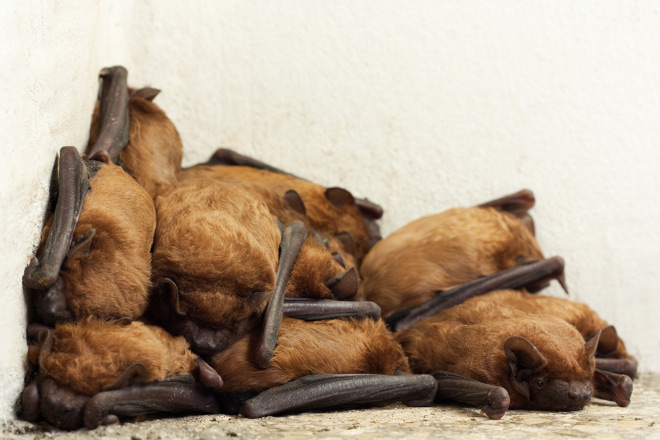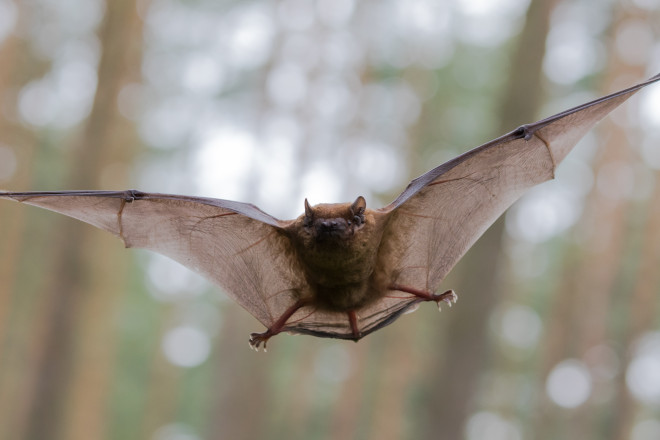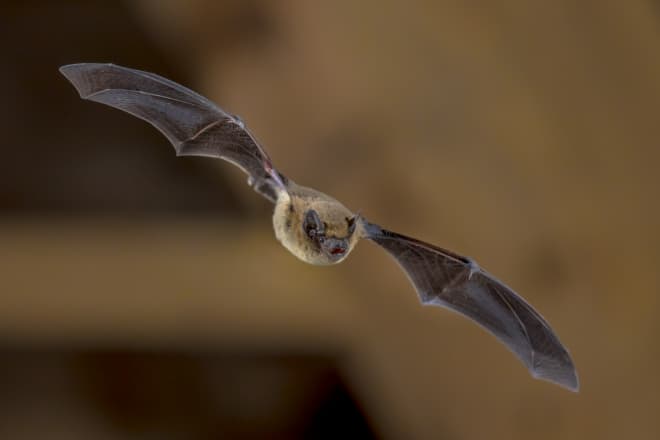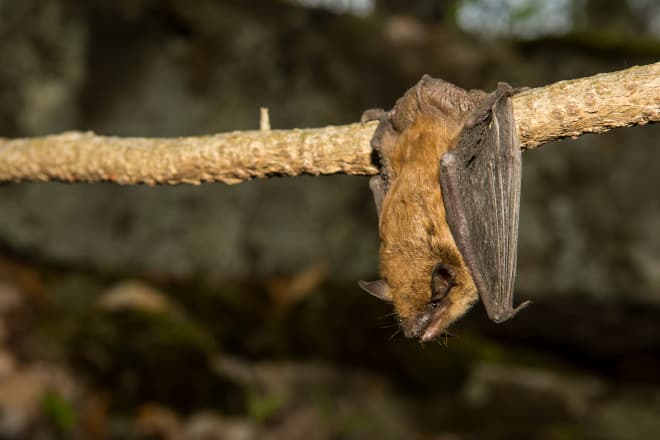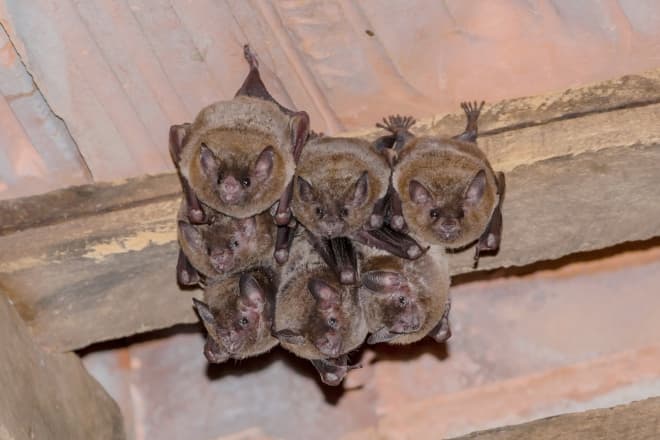Can Bat Droppings Make you Sick?
Yes, bat droppings can make you sick. Bat droppings have a very specific fungus that only pertains to bat droppings. Once these spores are inhaled, they can cause a disease called histoplasmosis, a disease that primarily attacks the respiratory functions, especially the lungs. In certain stages of the disease, it can even cause lesions on …

